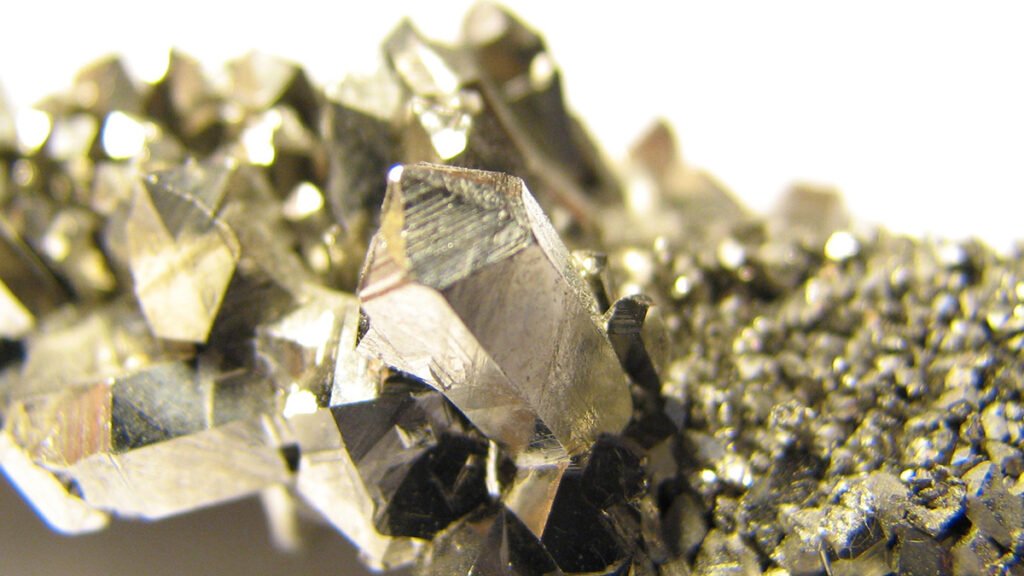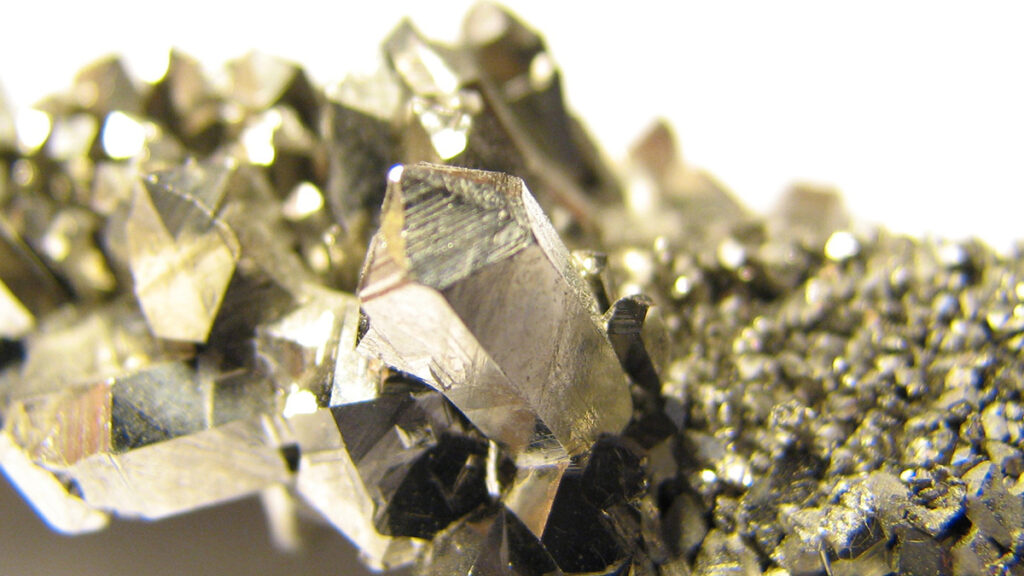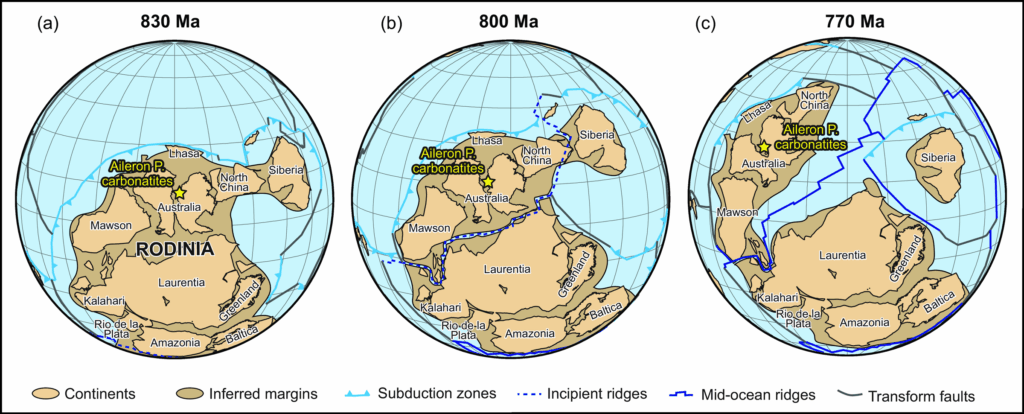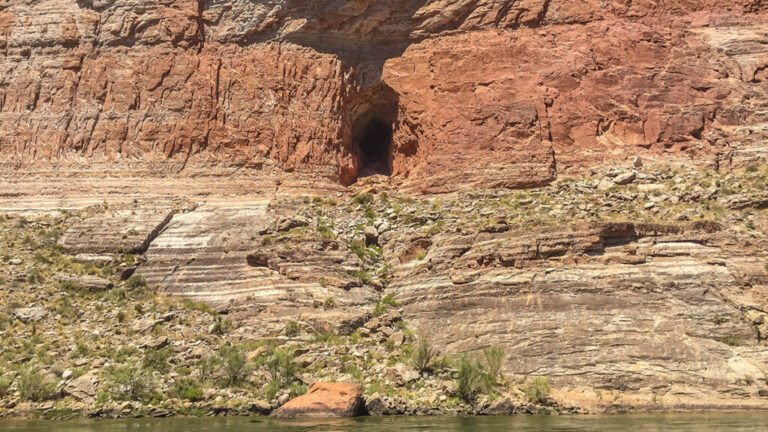

For much of the 20th century, “petroleum politics” shaped international policy. In the 21st century, a new set of resources has taken center stage: critical minerals. Sourcing and extracting these minerals have become a priority for countries and communities around the world because they are used in everything from solar panels to cell phones to superconductors.
A new study suggests where prospectors can search for critical minerals: rifting sites left behind by the supercontinent Rodinia, which broke up in the Proterozoic, more than 800 million years ago.
“To better find [critical] resources, really, we need a better understanding of geology.”
“Unless it is grown, absolutely everything on the planet that we use as a manufactured good requires something that comes out of a mine,” said Chris Kirkland, a geologist at Curtin University in Australia and a coauthor of the new study, published last month in Geological Magazine. “To better find those resources, really, we need a better understanding of geology.”
Kirkland and his colleagues began by analyzing rocks unearthed by drilling companies in Western Australia. The slabs contain carbonatite, a “weird,” rare, and poorly understood kind of igneous rock formed in the mantle from magmas rich in carbonate minerals. As the magmas rise through Earth’s interior, they react with surrounding rocks, altering the chemical signatures that geologists typically use to trace a sample’s origins.
Carbonatites often contain rare earth elements, such as niobium. Although niobium can be found in different rocks, carbonatites are the only ones offering it in amounts economically suitable for extraction. The Western Australia sites are home to more than 200 million metric tons of the metal.
The team “threw the whole kitchen sink of analytical techniques” at the carbonatites, explained Kirkland. The first step was to take a drill core sample and image its structure to see the broad geological ingredients inside. Then the researchers used lasers to sample individual grains and piece out their crystals.
The carbonatites contained zircon, apatite, and mica, all crystals with isotopes that decay at known rates and can tell researchers about the sample’s age and source. The researchers also analyzed the helium present in zircon, because helium is a volatile element that easily escapes rocks near the surface and can help reveal when the rocks reached the crust.
Written in Stone
The story written in the slabs is one tied to the long history of plate tectonics. The breakup of Rodinia began around 800 million years ago and continued for millions of years as hot, metal-enriched oozes of magma rose up from the mantle. Pressure from this rising rock helped split apart the supercontinent, and the metals encased in carbonatites breached the surface at once-stable mounds of continental crust called cratons.
Today, said Kirkland, tracking these “old fossil scars” where cratons split could reveal stores of minerals.

“Reconstructing a geologic history for one particular area on Earth is something that I think has potential to help us in better understanding these pretty poorly understood carbonatite systems globally,” said Montana State University geologist Zachary Murguía Burton, who was not involved with the paper.
Burton estimates that some 20% of the carbonatites on Earth contain economically attractive concentrations of critical minerals, although he noted that the rocks in the study experienced a unique confluence of local and regional geologic processes that might influence the minerals they contain.
In particular, the carbonatites analyzed in the new study identified the source of recently discovered niobium deposits beneath central Australia. Niobium is a critical mineral used in lithium-ion batteries and to strengthen and lighten steel. Because 90% of today’s supply of niobium comes from a single operation in Brazil, finding additional deposits is a priority.
In addition to niobium, Kirkland said a geologic “recipe” similar to the one his team identified might work for finding gold.
The work is an important reminder of “how tiny minerals and clever dating techniques can not only solve deep-time geological puzzles, but also help guide the hunt for the critical metals we need,” Kirkland said.
—Hannah Richter (@hannah-richter.bsky.social), Science Writer
Citation: Richter, H. (2025), To find critical minerals, look to plate tectonics, Eos, 106, https://doi.org/10.1029/2025EO250393. Published on 21 October 2025.
Text © 2025. The authors. CC BY-NC-ND 3.0
Except where otherwise noted, images are subject to copyright. Any reuse without express permission from the copyright owner is prohibited.


